What is a Car Radiator?
A car radiator is a crucial part of the vehicle’s cooling system. It helps regulate the engine’s temperature, ensuring it doesn’t overheat. Without a functioning radiator, the engine could face serious damage. It acts as a heat exchanger, transferring heat from the engine to the outside air. Overall, it is vital for maintaining the car’s performance and longevity.
The Purpose of a Radiator in a Vehicle
The main purpose of a car radiator is to prevent the engine from overheating. The engine generates a lot of heat during operation, and the radiator helps dissipate this heat. It does this by circulating a liquid coolant that absorbs heat from the engine. The coolant then flows into the radiator, where it loses heat to the air passing through. A properly working radiator keeps the engine at an optimal temperature.
Key Components of a Radiator System
A radiator system consists of several essential components:
- Radiator Core: The heart of the system, it transfers heat from coolant to air.
- Coolant: A fluid that absorbs and carries away engine heat.
- Radiator Hoses: Transport the coolant between the engine and radiator.
- Thermostat: Regulates coolant flow based on engine temperature.
- Radiator Fan: Enhances airflow to cool the radiator effectively.
These components work together to ensure the engine stays cool and operates efficiently.
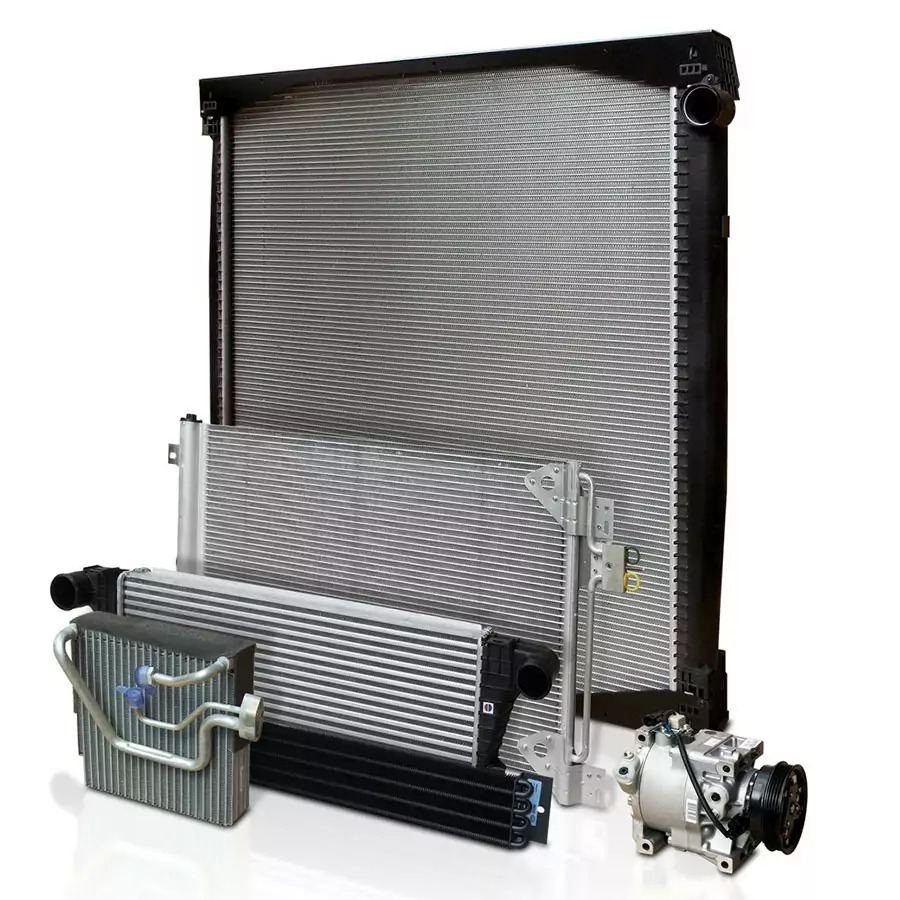
How Does a Car Radiator Work?
A car radiator works to maintain the engine’s optimal temperature. It prevents overheating by dissipating heat effectively. The process begins with heat absorption and ends with heat release. Let’s break down the details of how this system operates.
The Cooling Process in Detail
The cooling process starts with the engine generating heat during operation. Coolant absorbs this heat as it circulates through the engine. The heated coolant moves into the radiator’s core. Here, the radiator releases the heat into the surrounding air. Cool air passing through the radiator cools the coolant. The coolant then circulates back to the engine to absorb more heat. This cycle repeats as long as the engine runs. A well-tuned radiator ensures efficient cooling throughout this process.
Understanding Coolant Circulation
Coolant circulation is critical to the radiator’s function. The coolant flows through a closed loop. It travels from the engine block to the radiator and back. Radiator hoses connect these parts, guiding the coolant efficiently. The thermostat controls the coolant’s flow based on temperature. When the engine heats up, the thermostat opens, allowing coolant circulation. Without proper circulation, the engine cannot remain cool.
The Role of the Radiator Fan
The radiator fan plays a big role in enhancing cooling. It pushes air through the radiator core when the vehicle slows down or stops. This airflow helps maintain the coolant’s temperature, especially in traffic. The fan activates automatically when the engine reaches a high temperature. Without the fan, the cooling system may fail to dissipate heat effectively. Together, the fan, coolant, and radiator ensure your engine stays functional and safe.
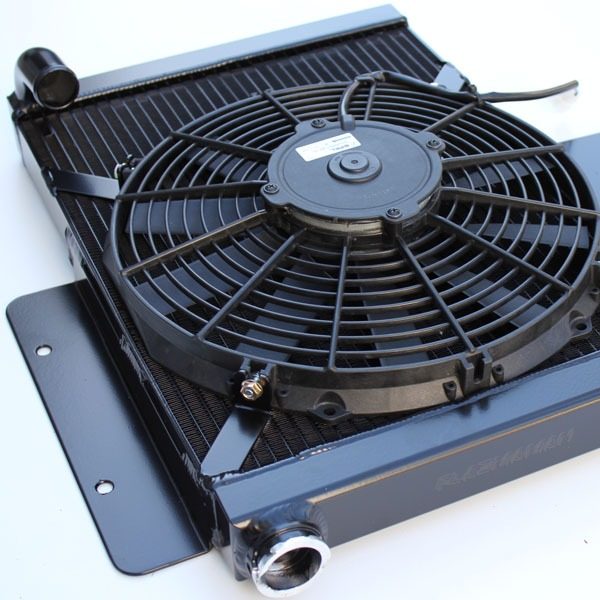
Common Types of Car Radiators
Understanding the types of car radiators is helpful when evaluating your vehicle’s cooling system. The radiator’s material and design both influence efficiency and durability. Let’s explore the common types of radiators to help you make the right choice.
Aluminum vs. Copper Radiators
Aluminum Radiators: These radiators are lightweight and highly efficient. Their design ensures better heat dissipation, making them popular in modern vehicles. Aluminum radiators resist corrosion well, increasing their longevity. They are often more expensive but provide excellent performance.
Copper Radiators: Copper radiators were widely used in older vehicles. Copper conducts heat exceptionally well, ensuring great cooling capacity. However, they are heavier and more prone to corrosion than aluminum radiators. Copper radiators are cheaper upfront but may require more maintenance over time.
Single-Pass vs. Multi-Pass Radiators
Single-Pass Radiators: In a single-pass radiator, coolant flows through the system once. This design is simple and effective for vehicles with modest cooling needs. It is cost-efficient but may not cool as effectively in high-performance engines.
Multi-Pass Radiators: Multi-pass radiators circulate coolant through the system multiple times. This increases heat removal, making them ideal for high-performance or high-temperature vehicles. These radiators are more complex and can cost more, but they offer superior cooling.
Both material type and radiator design play a critical role in cooling efficiency. Choose one based on your vehicle’s needs and budget.
Signs of a Failing Radiator
A failing radiator can lead to engine overheating and costly repairs. Recognizing early warning signs helps avoid serious damage. Let’s discuss the key symptoms and their connection to overheating.
Common Symptoms to Watch For
- Engine Overheating: If your car’s temperature gauge rises frequently, the radiator may not be functioning properly.
- Coolant Leaks: Puddles of coolant under your car indicate problems with the radiator or hoses.
- Low Coolant Levels: Rapidly decreasing coolant levels often point to a leak in the radiator system.
- Sludge in the Radiator: Contaminated or dirty coolant can block heat transfer, reducing radiator efficiency.
- Steam from the Engine: Visible steam under the hood is usually a sign of a failing cooling system.
- Poor Heater Performance: If the car’s heater isn’t warming up, the coolant may not be circulating effectively.
Monitoring these symptoms can help catch radiator issues early.
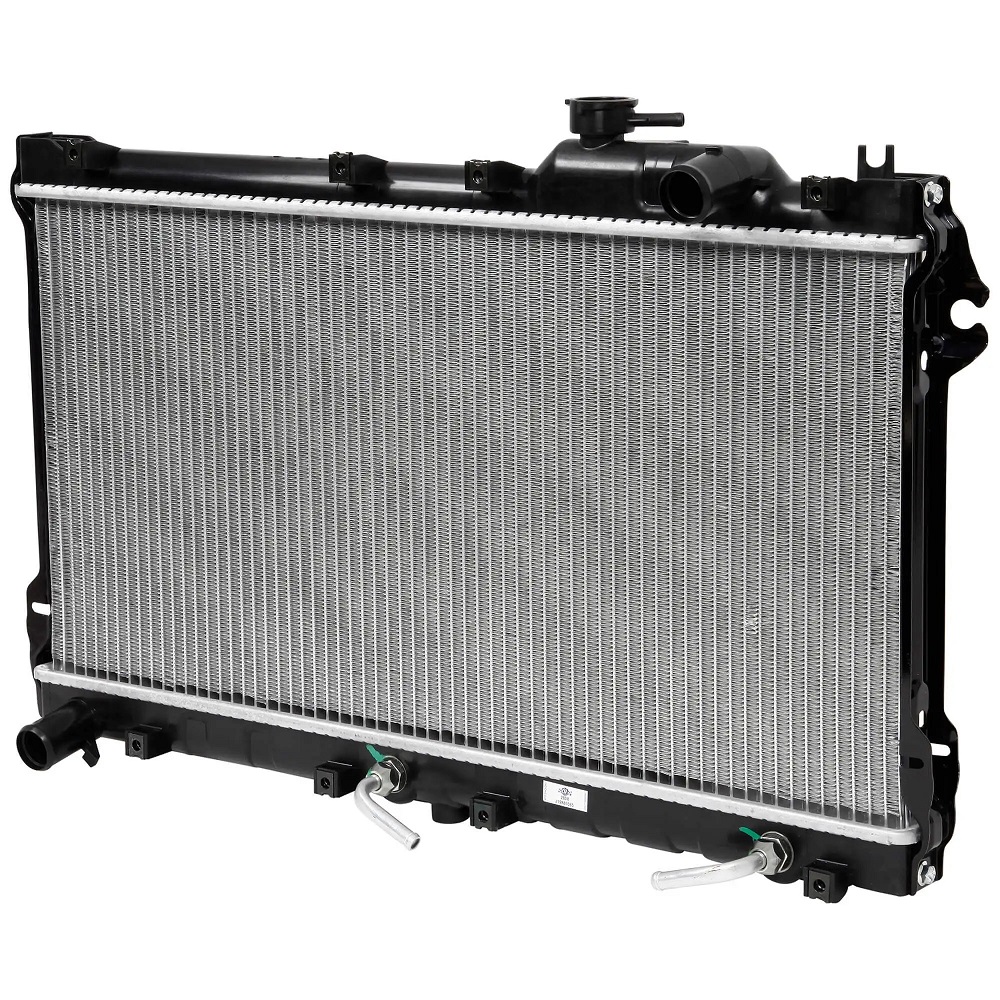
How Overheating Relates to Radiator Issues
- Failed Heat Dissipation: When the radiator fails, heat from the engine cannot escape efficiently.
- Damaged Components: Overheating can warp the engine block, cylinder heads, or other important parts.
- Coolant Flow Disruption: Blockages, leaks, or thermostat failure in the radiator stop coolant circulation.
- Engine Shutdown: Prolonged overheating may cause the engine to stall or seize entirely.
A well-maintained radiator prevents overheating and ensures engine durability. Pay attention to these signs to keep your cooling system in peak condition.
Maintaining and Caring for Your Car Radiator
Proper maintenance ensures your car radiator works efficiently and extends its lifespan. Regular checks and preventive care help avoid costly repairs. Below are key tips to keep your radiator in top condition.
Regular Coolant Flushing and Replacement
Coolant is vital for maintaining engine temperature. Over time, it can become dirty or lose effectiveness. Flushing the coolant every two years or per your vehicle manual removes contaminants. Replace the coolant with the right type for your car. Using fresh coolant ensures proper heat transfer and prevents corrosion. Neglecting this step can lead to clogs or cooling system failure.
Inspecting for Leaks and Corrosion
Radiator leaks can cause coolant loss and engine overheating. Inspect the radiator and hoses frequently for visible cracks or wear. Look for puddles of coolant under the car. Check the radiator core for rust or corrosion spots. Corrosion weakens the radiator and reduces its heat transfer efficiency. Early detection of leaks and rust helps prevent severe damage.
Tips for Prolonging Radiator Lifespan
- Maintain Coolant Levels: Ensure the coolant is always at the recommended level. Low coolant causes overheating.
- Keep Radiator Clean: Remove debris or dirt from the radiator core to improve airflow.
- Avoid Hard Driving: Reduce strain on your radiator by driving moderately and avoiding extreme conditions.
- Check the Thermostat: Ensure the thermostat opens and closes properly to regulate coolant flow.
- Inspect the Radiator Cap: A damaged cap can result in pressure loss and coolant leaks.
Following these tips helps your radiator stay efficient and avoids costly engine problems. Regular attention to your radiator can save money and keep your car running smoothly.
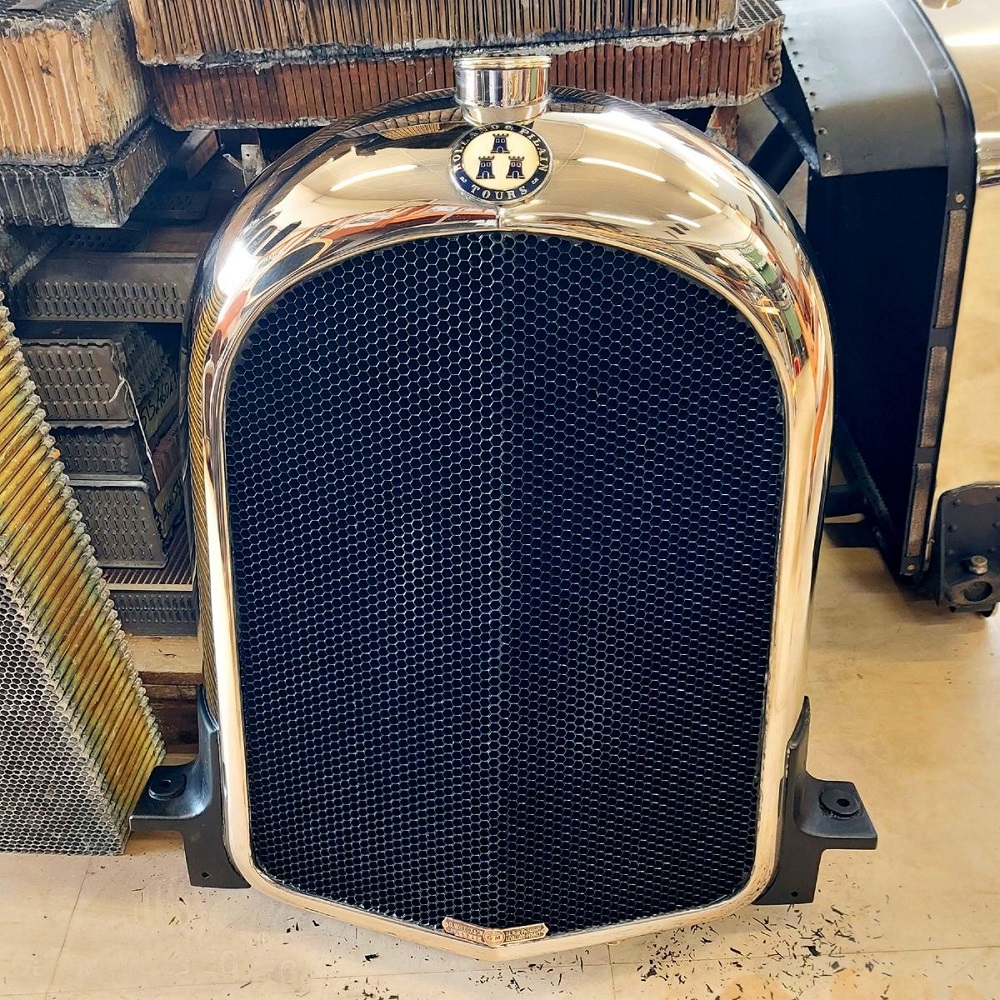
Car Radiator Repairs and Replacements
Taking care of radiator problems quickly can prevent engine damage. Understanding when to repair or replace your radiator is essential. Here’s what you should know.
When to Repair vs. When to Replace
- Repair:
- Minor leaks or cracks can often be sealed without replacing the radiator.
- If the radiator hoses or clamps are damaged, a repair might suffice.
- Cleaning out clogs or flushing dirty coolant can restore radiator efficiency.
- Repairs are ideal if the radiator’s overall structure remains intact.
- Replace:
- Severe corrosion makes the radiator inefficient and warrants replacement.
- Damage to the core, such as big holes, typically requires a new radiator.
- A very old radiator with wear and tear is better replaced than continuously repaired.
- Frequent overheating or coolant loss may signal a need for complete replacement.
Consider the extent of the damage and your vehicle’s needs when deciding. Regular maintenance can reduce the chances of needing replacements.
Cost and Considerations for Replacements
- Cost of Replacement:
- Radiator replacement costs vary between $300 and $900, depending on the car model.
- Aluminum radiators are usually pricier than copper ones but offer better efficiency.
- Labor costs can range from $100 to $300, depending on the repair shop and effort.
- Factors to Consider:
- Vehicle Age: Older cars might benefit more from radiator replacement.
- Usage Needs: High-performance vehicles often require advanced, multi-pass radiators.
- Quality of Parts: Invest in high-quality radiators to ensure long-term reliability.
- Warranty Options: Some radiators come with warranties, which help in the long run.
In summary, always evaluate repair costs versus replacement benefits. Remember, a functioning radiator saves money by preventing costly engine repairs.
The Importance of a Functioning Radiator
A functioning car radiator is crucial for vehicle health and engine performance. It keeps the engine temperature stable under various driving conditions. Without it, your engine might overheat, causing serious mechanical issues.
How It Impacts Overall Vehicle Performance
The radiator maintains optimal engine temperature for smooth operation. Proper cooling ensures better fuel efficiency and prevents sudden breakdowns. Stable engine temperature prolongs engine lifespan and increases reliability. A well-functioning radiator supports consistent vehicle performance during both short and long drives.
Preventing Engine Damage Through Proper Cooling
An efficient radiator protects the engine from excessive heat. Overheating can damage key components like the cylinder head and piston. Proper cooling prevents costly repairs caused by warped or melted engine parts. Regular radiator checks and maintenance keep your cooling system effective. This proactive care avoids engine failure and ensures safe driving.
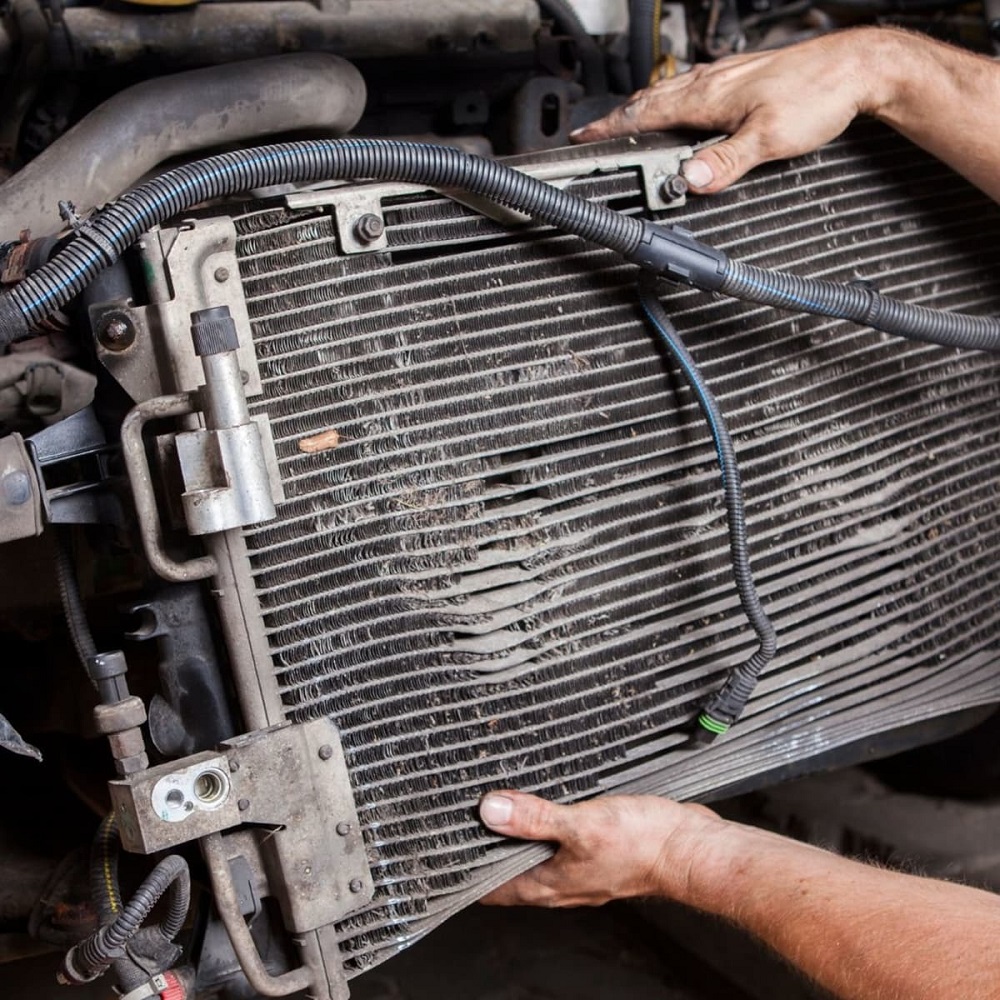
Environmental Considerations
Eco-Friendly Coolant Options
As awareness of environmental issues grows, the automotive industry has begun shifting towards more eco-friendly coolant options. Traditional antifreeze contains ethylene glycol, which can be harmful to wildlife and the environment if spilled. In response, manufacturers are developing biodegradable coolant alternatives made from propylene glycol, which is less toxic and poses reduced environmental hazards. These alternatives help in maintaining engine performance while also being kinder to the planet.
Recycling and Sustainable Practices
Incorporating recycling practices into vehicle maintenance is essential for the environment. Used coolant can be recycled and reprocessed for future use, reducing waste and pollution. Car owners should seek out facilities that offer coolant recycling services to ensure proper disposal. Additionally, regular radiator maintenance reduces the chances of leaks, helping to prevent harmful fluids from contaminating soil and waterways. Being conscientious about vehicle maintenance can contribute positively to environmental conservation efforts.
Regulations and Industry Standards
As governments focus on stricter emissions regulations and promoting sustainability, automobile manufacturers are adjusting their designs and materials. The future of radiators may include not only enhanced efficiency but also sustainable materials and practices. Industry standards are evolving to ensure that radiators not only perform optimally but also align with environmental goals. This shift offers an exciting glimpse into a future where vehicle components contribute to a greener planet while still delivering the performance and durability that consumers expect.
Final Thoughts on Radiator Maintenance and Care
Keeping Driver Safety in Mind
Ensuring that the radiator is properly maintained goes beyond mere performance; it is fundamentally about safety. An overheating engine can pose serious risks, not only to the vehicle but also to the driver and passengers. Regularly checking coolant levels, inspecting for leaks, and ensuring that the radiator and cooling system are in optimal condition can prevent dangerous situations. Car owners should prioritize these checks, especially before long trips or during extreme weather conditions.
Building a Relationship with a Mechanic
For many vehicle owners, establishing a good relationship with a trusted mechanic can enhance maintenance practices. Mechanics can provide valuable insights into specific radiator care tips tailored to a vehicle model. Scheduled inspections can be a key part of an overall vehicle maintenance strategy, allowing for professional evaluations of the radiator and cooling system. Such collaborations ensure that any potential issues are addressed promptly and effectively, maintaining the radiator’s performance and, by extension, the vehicle’s reliability.
Lifelong Learning and Awareness
In the age of information, car owners are encouraged to educate themselves about their vehicles. Understanding how different components work empowers owners to take charge of their vehicle maintenance. Many resources are available, from online tutorials to automotive forums, allowing users to expand their knowledge base. Staying informed not only enhances safety and performance but also cultivates a deeper appreciation of the engineering that goes into modern vehicles, including the often-overlooked radiator that plays such a vital role in keeping the engine cool.
Leave a Reply